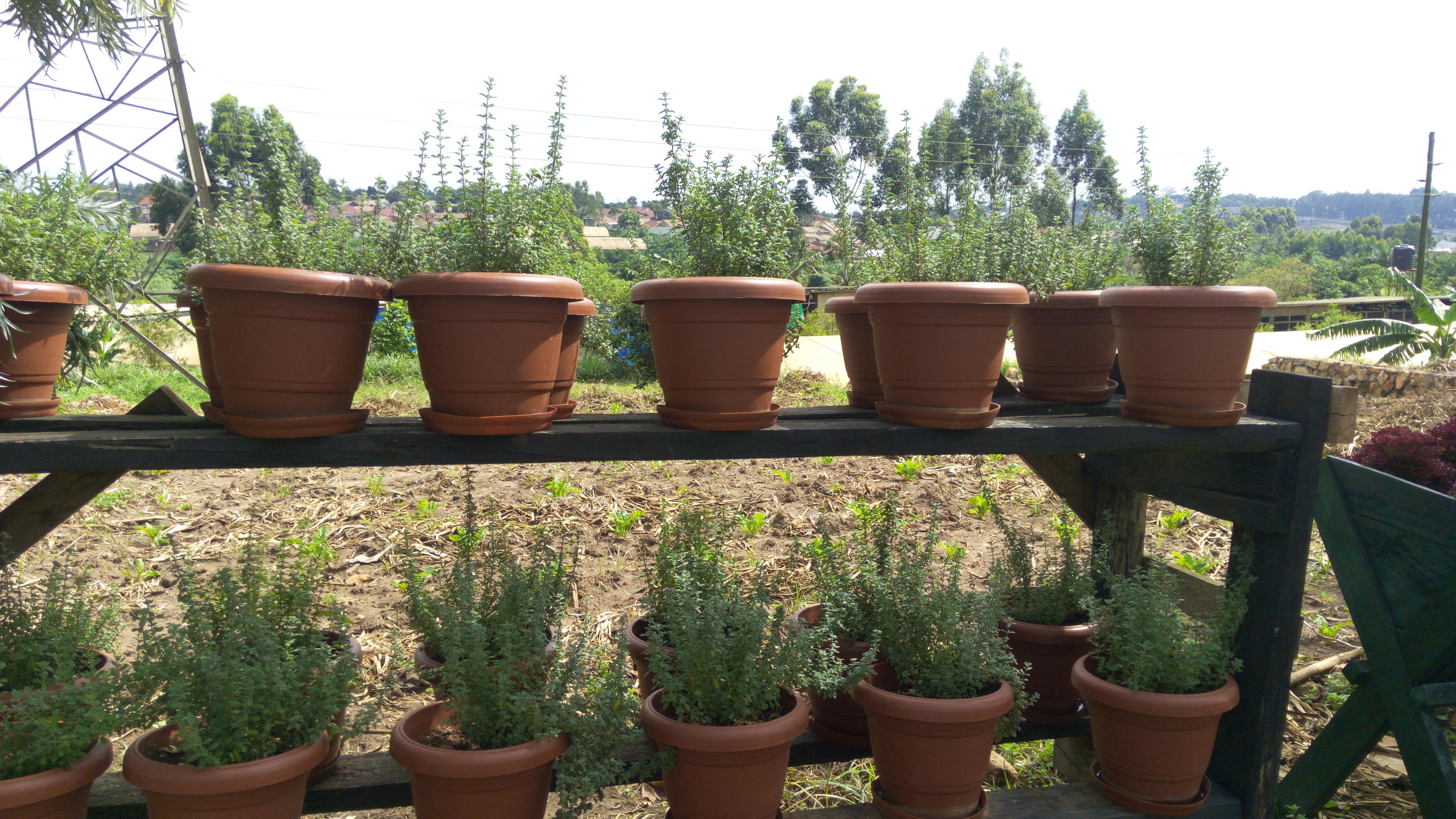Prime
How to select the right lawn plants

While there is a plethora of beautiful exotic plants and flowers, you should be cautious when buying them. PHOTO | FILE
What you need to know:
- Selecting the right plants and flowers for your lawn involves considering various factors such as climate, soil conditions, sunlight requirements, size, growth habits, seasonal interest, maintenance needs, and ecosystem benefits.
Keeping a compound green and blossoming with flowers involves much more than simply watering them daily. Plant maintenance begins right from plant selection, where you plant them and how you plant them.
Your region
According to Simon Singa, from ShineBow Spaces, the climate, in your region, is a major determinant. Understanding your local climate, is very crucial when selecting the plants and flowers, for your compound. Plants, have different, climatic requirements. Select plants that are well-adapted, to the climate in your region.
“Consider the average temperature, rainfall, and sunlight in your area. There regions here in Uganda, where almost any plant can grow, due their tropical climate, and then there regions that are dry, with a semi-arid climate. So both regions will favor different plants,” Singa says.
Singa adds that in as much as there is a plethora of beautiful exotic plants and flowers, you should be cautious when buying them.
“Some exotic plants such as tulips thrive more under Mediterranean climate, so if you decide to have them in your compound, you should be guided on maintenance. Opting for native or drought-tolerant species can also reduce maintenance and water consumption while promoting biodiversity,” says Singa.
Seasonal interest
A well-planned landscape provides visual interest throughout the year. Selecting plants that bloom at different times will ensure continuous color and appeal.
Consider plants with varying flowering periods to enjoy a succession of blooms through the wet and dry season. Additionally, go for plants with attractive foliage, captivating textures, and appealing shapes to add visual diversity and interest even when not in bloom.
Sunlight requirements
Consider the amount of sunlight your lawn receives throughout the day. Some plants thrive in full sun, while others prefer partial or full shade. Observe your lawn’s sun exposure patterns and select and plant the plants accordingly. For sunny areas, sun-loving plants like roses, lavender, and marigolds can create a vibrant and cheerful atmosphere. In shady spots, ferns, and impatiens can add lushness and color.
Size and growth habit
Have you come across a person’s compound that simply looks like an abandoned bush? Well that is what happens, when you do not think about the eventual size and growth capacity of the plants, you are taking home to your compound.
Plan and visualise how the plants will fit into your landscape as they grow, what is the plants growth habit, how big can it get when it matures, those are the questions you should ask.
Avoid overcrowding, by selecting plants that will complement one another in terms of height, width, and overall appearance. Then, factor in maintenance requirements, such as pruning or deadheading, and choose plants that align with your desired level of upkeep.
Maintenance
Consider your commitment to watering and maintenance when choosing plants. Some plants, according to Singa, require regular watering, while others are more drought-tolerant.
Assess the amount of time you can dedicate to maintenance activities like watering, fertilising, pruning, and pest control. Choosing low-maintenance plants that suit your lifestyle and available resources will make gardening more enjoyable and sustainable in the long run.
Ecosystem benefits
Invite nature into your lawn by selecting plants that attract butterflies, bees, and birds. Pollinator-friendly plants not only add beauty but also provide essential resources for local wildlife.
Additionally, some plants offer specific ecosystem benefits such as improving soil quality, reducing erosion, or providing food and shelter for beneficial insects. Creating a biodiverse and wildlife-friendly environment contributes to a healthier ecosystem overall.
Key point to take home here, is planting at the right time. It is best to plant during the rainy season.
“You can get everything right, but if you do not plant at the right time, you are bound to get disappointed, a client, of mine recently called me saying the flowers she had just planted were dying.
On reaching there, I found out, they had been planted, in the dry season, and that was a mistake. Plants require, moist soil and a consistent amount of water in the initial stages of growth. So it is best to plant in the rainy season, that way, they will receive ample water, plus, you will not have to keep watering,” Singa advices.


